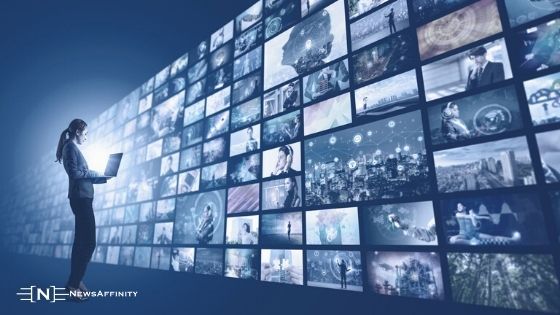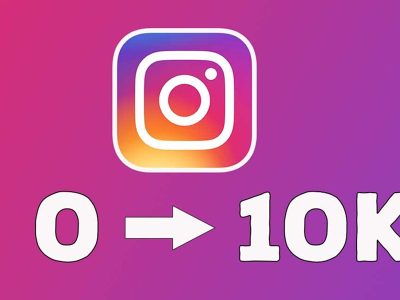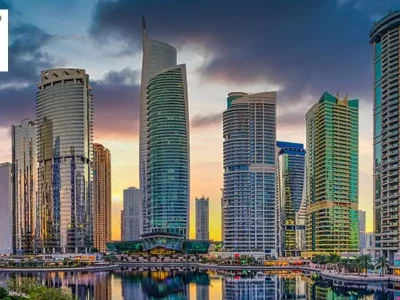You’ve had digital signage installed at your business and you’ve used it in multiple scenarios. Whether you installed a humble digital kiosk, digital menu boards, or a sleek video wall, digital displays are useful:
- For displaying content for advertisers
- As a medium for employee communications
- For showing events in real time
- When showing content for entertainment
However, you’ve had this feeling that you could get more from your investment. Your instincts are right because you can now make use of dynamic digital signage (DDS). Keep reading to explore how you can make use of dynamic digital signage content.
What is dynamic content in digital signage?
On a basic level, DDS refers to content that updates automatically, such as news feeds and video content.
That said, the best dynamic interactive signage makes use of preset triggers or on a user meeting certain conditions. That will set off graphics and other content that respond to further changes caused by met conditions and triggers.
Why you need DDS
It’s easy to overlook DDS, it seems too complicated. After all, research shows that digital signage of any kind is working, right?
Sure, 80% of brands using digital signage will see sales growth up to 33%, mostly unplanned purchases. The thing to remember though, is digital signage on its own does not guarantee viewers, but content will.
One pain-free way to achieve immersive content is using DDS as it relies on triggers to shape the content displayed. The triggers could be stuff like:
- Ambient conditions
- Updates in data streams
- Audience measuring tools such as facial recognition and foot traffic
What that means is the triggers will ensure displayed content relies on surrounding data to provide relevant content. That leads to appealing content and a more engaged audience.
Now that you’re conversant with why you need DDS, what are some of the uses of dynamic digital content in digital signage?
Use of dynamic content in digital signage
The good thing about DDS is you can harness just about any data source and integrate it into a digital signage network to form the dynamic content. For instance, you can use the following:
POS data
You can use the data to display what’s currently on sales promotion or how much stock you have left.
Social media and news feeds
Your digital screen is a prime location for displaying important feeds from your Twitter, Facebook, Instagram, or news outlet.
Current events
Keeping in line with the previous point, you can use digital signage to display real-time events, such as breaking news, traffic information, and weather updates.
To spice things up, you can use ads tailored to the current information to capture your audience’s attention.
Augmented reality
This meshes the heady world of virtual reality with reality by superimposing a virtual image into the real world. It can create a vivid representation of what an item can look like in the real world. For example, you can create an image of a real size appliance into a kitchen set-up for your shoppers to get a clearer picture on what it would be like in their homes.
Multiple-screen sync
This would work brilliantly in public spaces with heavy foot traffic such as retail stores, train stations, stadiums, or airports. Apart from normal wayfinding usage, you can use every subsequent screen to weave an intriguing story.
Video analytics
Make use of the sensors in cameras to analyze the age, gender, height, or other characteristics for content management. That gives you the chance to tailor information to the demographic passing next to the digital sign.
Advantages of digital signage
Apart from the cool looks, is there anything else digital signage brings to the table? Quite a lot, including:
Changing content easily
Digital signage allows you to easily and instantly update your content. This is really important in industries where you are only displaying your message for a limited time. For example, a breakfast menu at a restaurant, happy hour at an office or bar and breaking news and weather updates.
Reduce perceived wait time
If you own a business that’s difficult to eradicate wait time, use digital signage to lower perceived wait time. You might not be able to reduce wait time, but good use of digital signage will distract your clients. Unleash it on your waiting rooms to kill boredom.
Improved aesthetics
As a whole digital signage improves the general aesthetics of its environment. Instead of having to gaze at walls, you can treat employees and customers to slick interactive digital signage. Whether it’s a class-leading MicroLED display or the relatively cheap LCD screen, it will light up any environment.
Encourage impulse buy
Studies have shown that based on customer behavior after interacting with digital signage, 19% of them will make an impulse purchase.
Environmentally friendly
Digital signage reduces dependence on paper, it can be good for the environment. For instance, it takes nine trees and 13000 liters of water to produce 500 kgs of paper. You can score some serious brownie points if you use Green Energy to power your digital signage system.
Use dynamic content formats
Digital signage allows you to utilize dynamic content such as videos, graphics, news alerts, and social feeds. With that, customers are 83% more likely to recall the information, more than double the figure for conventional advertising.
Build brand identity
Managing several displays in different locations using the same content creates visual consistency. This helps strengthen your branding.
Wayfinding and Customer Interactions
Nobody likes getting lost so using digital signage for wayfinding can reduce frustration levels. Complete the great customer experience by making the dynamic content and signage ADA-compliant. Additionally, you can make use of an interactive screen to increase interaction. Interactive digital signage refers to your audience using screens to trigger or manipulate information. Since each interaction leads to chosen preferences and selection, it improves personalization and interaction. Additionally, it collects the individual’s data leading to further improvements during future interactions.
Wider reach
Unlike channels like social media and email, you can use the dynamic content to reach a wider audience. That’s because all demographics can see your content and you can keep replaying it to guarantee recollection.
Cost of digital signage
Installing and running digital signage can cost a pretty penny. It involves purchasing a display, mounting hardware, installation costs, media players, and digital signage software. On average, it costs about $1344 for a low cost digital signage, but the trend shows it’s becoming cheaper. That said, what if you wanted to create digital signage for free?
For that, you need to make use of your mounted TV display and a pc. Install free digital signage on the desktop computer, which will act as your media player. Digital signage software is for content management, that is, building, storing, and deploying content to your network of displays.
After that, you can use laptops for content creation. Some of the best free content creation tools include:
- Canva
- BeFunky
- Visme
To conclude, there are several ways you can use dynamic content in digital signage. The main ones include displaying real-time information, increasing customer interaction, and reducing perceived wait time.

















Comments